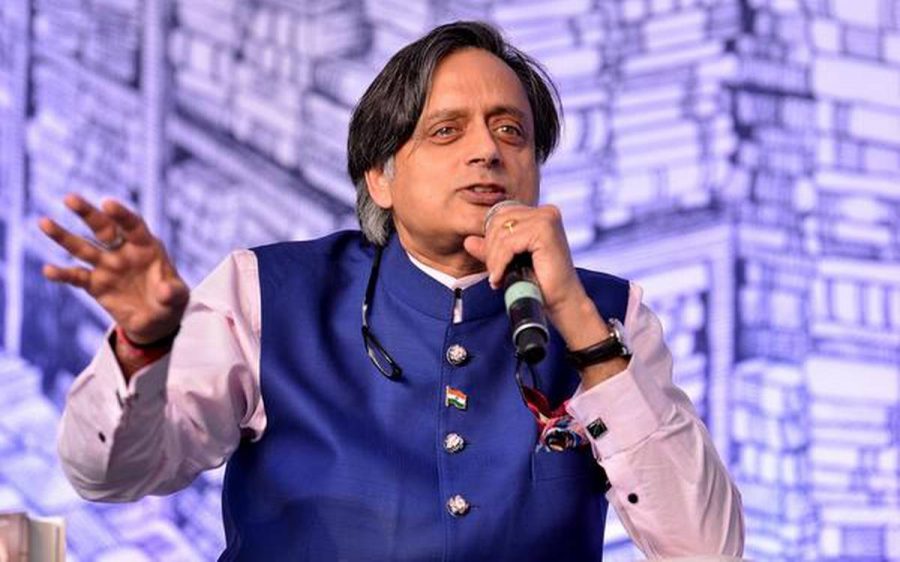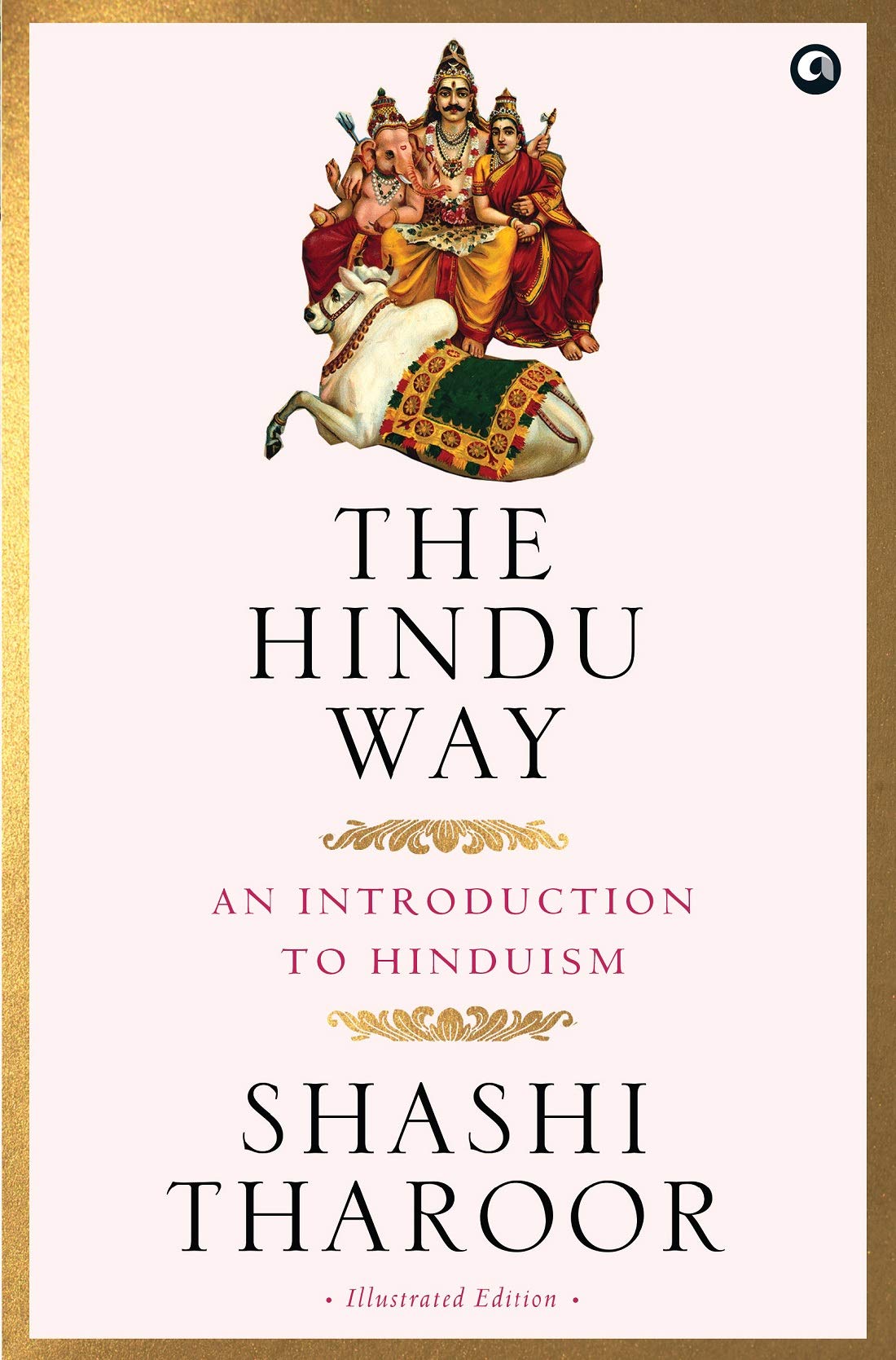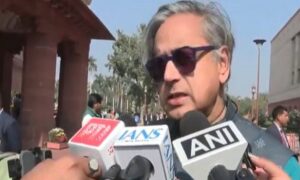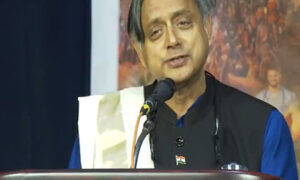
SECTION – TWO – Chapter – Two – THE HINDU WAY
The sage Yajnavalkya was once asked to list the number of gods; it is said he began with the number 3, 300 and ended by reducing them all to one – Brahman, the pervasive spirit of the cosmos that underlines all creation. The Upanishads say ‘ ekam sat vipra bahudha vadanti’. This was Swami Vivekananda’s favourite phrase about spirituality: ‘ That which exists is One; the sages call it by various names’.
Hindus therefore understand that all worship of God reflects an effort to reach out to that which cannot be touched or seen; since God is, in that sense, literally unknowable, one may imagine Him / Her/ It in any form, since each form may be just as valid as another and none can be guaranteed to be more accurate than the next one . The various forms of God in Hinduism, reducing the abstract to the specific visual form, reflect the limitations of the human imagination rather than any shapes within which the divine must be confined. Indeed, Hindu legends have gods manifesting themselves in so many shapes and forms that the notion of one agreed image of God would be preposterous . Thus one can imagine God as a potbellied man with an elephant head, and also as a ten-armed woman with a beatific smile; and since both forms are equally valid to the worshipper; why not imagine God as a bleeding man on a cross? All are acceptable to the Hindu; the reverence accorded to each representation of the unknowable God by worshippers of other faiths is enough to prompt similar respect from the Hindu. Acceptance is always the name of the game.
As I have remarked at the outset, the key to understanding Hinduism is that it is one faith that claims no monopoly on the Truth. Hindus understand that theirs may not necessarily be the only path that leads to salvation; they are taught to respect all other paths that seek the Truth, knowing that these will vary depending on the circumstances of each individual’s life, the culture in which they are born or live, their values and motivations. In the Gita, Lord Krishna says, ‘ Whosoever follows Any faith and worships me under whatsoever denomination in whatsoever form with steadfastness , his faith I shall reinforce’. The acknowledgement of multiple paths to the ultimate truth of creation is implicit in the philosophical disputes and arguments that have marked the faith for millennia.
One consequence of this acceptance of difference is that it flies in the face of the certitudes most other religions assert. The French traveller Francois Bernier , on his well – documented journey through India in the seventeenth century , tried to introduce some Brahmins in 1671 to Christianity, and was startled by their response. ‘ They persuaded not ( that) their law was universal; that God had only made it for them, and it was , therefore they could not receive a stranger into their religion: that they thought not our religion was therefore false, but that it might be it was good for us, and that God might have appointed several different ways to go to heaven; but they will not hear that our religion should be the general religion for the whole earth; and theirs a fable and pure device’.

We respect your truth , the Brahmins were saying; please respect ours.
Some scholars have described Hindus as henotheists, that is , people who worship their God but do not deny the existence of other gods. Every Hindu worships some god , but it may not be the same god worshipped by every other Hindu either. As Radhakrishnan puts it : ‘God is more than the law that commands, the judge that condemns , the love that constraints , the father to whom we owe our being, or the mother with whom is bound up all that we can hope for or aspire to’. God is all that , and infinitely more.
This henotheistic attitude means, however, undifferentiated respect for all the various possible ways of worshipping God, whether Hindu or not. A Hindu can accept the worship of the Abrahamic God as another practice of the same kind as he sees pursued by other Hindus. For him, someone worshipping Christ essentially no different from himself worshipping Vishnu or Shiva . The acceptance of difference starts here for the Hindus. This way why it was possible for a large community of Jews, the Bene Israel, after arriving on the shores of western India around the time of Christ, to practice their faith for centuries in rural Maharashtra without being seen by their Hindu neighbours as practitioners of a different religion; Hindus used to seeing various Hindus pursue their own modes of devotion found nothing odd in a people with their own different practices, assuming them to be just another kind of Hindu, until a wandering rabbi from Jerusalem arrived in India centuries later and identified them as the Jews they were.
It didn’t matter to the Hindus around them. The Haristuti has a prayer that says: ‘ May Vishnu , the ruler of the three worlds , worshipped by the Shaivites as Shiva, by the Vedantins as Brahman, by the Buddhists as Buddha, by the Naiyayikas as the chief agent, by the Jainas as the liberated, by the ritualists as the principle of dharma, may be grant our prayers’. This cheerful eclecticism was the attitude of Swami Vivekananda , concluding the presentation of a paper at Chicago’s parliament of the World’s Religions in 1893 , to call upon the blessings of “ He who is a Brahman of the Hindus, the Ahura Mazda of the Zoroastrians, the Buddha of the Buddhists , the Jehovah of the Jews, and the Father in Heaven of the Christians’. To him they were one and the same. ‘ That which exists is One ; the sages call it by various names’.
( ‘Extracted from The Hindu Way: An Introduction to Hinduism by Shashi Tharoor , with permission from Aleph Book Company’ )


















